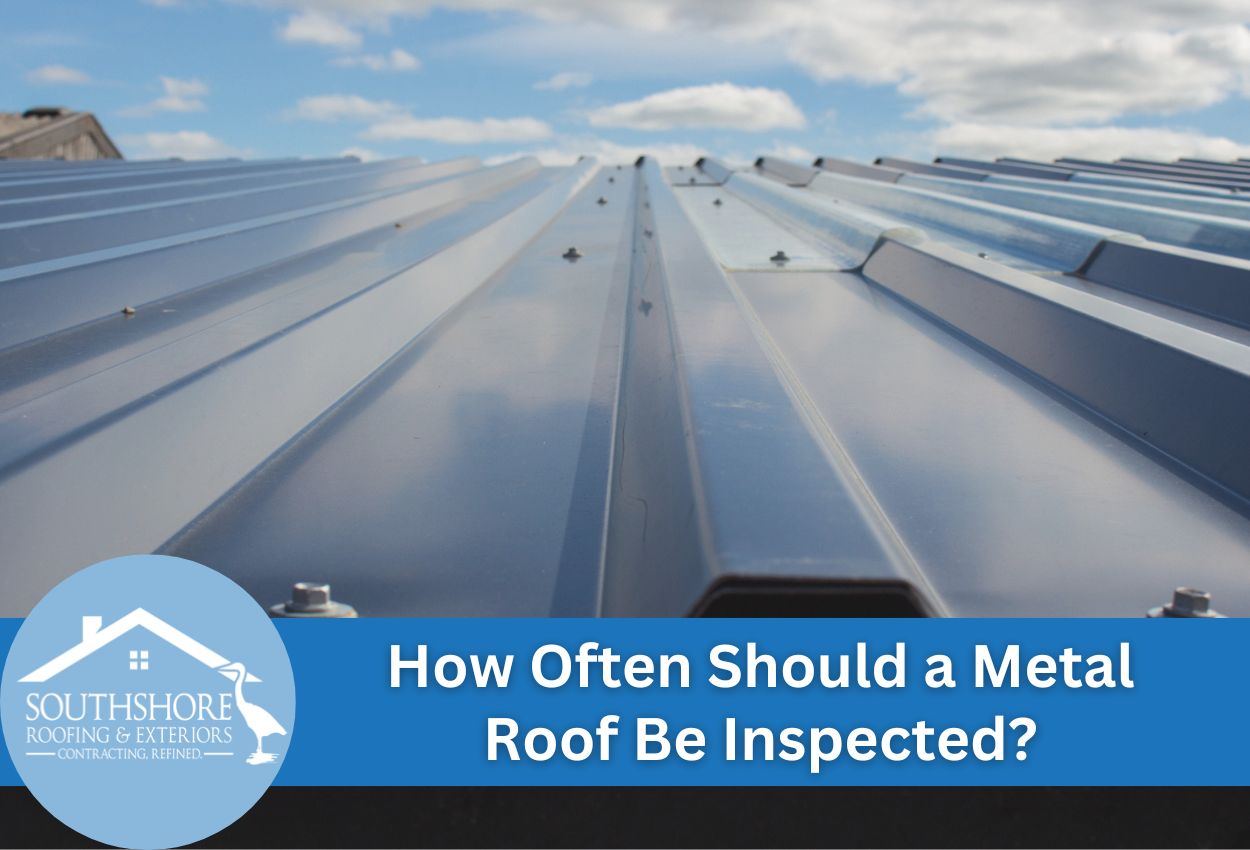Metal roofs have become increasingly popular among Tampa homeowners due to their durability and resistance to Florida’s harsh weather conditions. However, even the most resilient roofing materials require regular inspections to make sure they continue performing at their best. Understanding how often to inspect a metal roof is crucial for maintaining its integrity and extending its lifespan in Tampa’s unique climate.
For most Tampa area homes, experts recommend scheduling metal roof inspections twice yearly, typically in spring and fall. This metal roof inspection schedule allows homeowners to identify potential issues before hurricane season and assess any damage after summer storms. The intense Florida sun, salt-laden air, and frequent rain create conditions that can speed up wear on roofing materials, making regular inspections particularly important.
Regardless of how many times a year you inspect the roof, following a comprehensive metal roof maintenance checklist during these inspections helps catch small issues before they turn into expensive problems and ensures your roof continues to protect your Tampa home for decades.
A Seasonal Metal Roof Inspection Timeline
Following a strategic metal roof inspection schedule throughout the year ensures your Tampa home remains protected during Florida’s diverse weather conditions. Timing these inspections to coincide with seasonal changes maximizes their effectiveness and helps prevent weather-related damage to your metal roofing system.
Spring inspections, conducted before hurricane season begins, are critical for Tampa homeowners. During this pre-hurricane assessment, focus should be on securing any loose metal panels, examining fasteners for proper tension, and checking that all sealants around roof penetrations remain intact. This proactive approach helps prepare your metal roof for the intense summer storms common in the Tampa Bay area, potentially preventing wind uplift and water intrusion during severe weather events.
Late fall represents another crucial inspection period, particularly after hurricane season concludes. This post-hurricane evaluation should address any wind damage, inspect for dents from debris impact, and ensure water drainage systems function properly before winter rains arrive. Look for signs of metal roof damage, such as scratches on protective coatings, displaced flashing, or areas where panels may have shifted during storms.
Critical Signs of Metal Roof Deterioration
Staying on top of the condition of your metal roof between scheduled inspections can save Tampa homeowners from extensive damage and expensive repairs. Certain warning signs demand immediate professional attention, regardless of when your next routine inspection is due. In Florida’s humid climate, rust spots develop more quickly than in drier regions. Even small patches of rust can quickly spread and compromise your roof’s structural integrity, especially in coastal Tampa areas where salt exposure accelerates corrosion.
Panel separations or loose fasteners create entry points for water during Florida’s frequent thunderstorms. Look for visible gaps between metal panels or sections where the roof appears to be lifting. Patterns of discoloration, particularly streaking or uneven fading, often indicate coating failure that leaves metal vulnerable to the elements. These signs of metal roof damage call for a professional metal roof inspection immediately.
Inside your home, subtle indicators may reveal roof problems before they become obvious outside. Water stains on ceilings or walls, especially after rain, suggest leaks that require prompt attention. An unexplained increase in energy bills might indicate compromised roof insulation or reflectivity. During windy conditions, unusual noises like rattling or flapping often signal loose components. Tampa homeowners who recognize these early warning signs and schedule timely inspections typically achieve significantly extended metal roof lifespans and avoid emergency situations during severe weather events.
DIY Metal Roof Inspection Checklist
Regular self-inspections can help Tampa homeowners maintain their metal roofs between professional assessments. Before climbing onto your roof, prioritize safety by wearing non-slip shoes, using a properly secured ladder, and never inspecting the roof during wet or windy conditions. Consider having a spotter present and avoid roof access during the intense midday Florida heat. Basic tools for your inspection should include binoculars, a flashlight, a camera for documentation, and a simple notebook.
During your metal roof inspection, systematically check for loose or missing fasteners, which commonly occur due to thermal expansion in Tampa’s hot climate. Examine panel seams for separation or failing sealant, and look closely at flashing around chimneys, vents, and skylights where leaks typically begin. Inspect the roof’s surface for scratches or areas where protective coatings have deteriorated from UV exposure. Note any dents from fallen branches or debris, particularly after storms.
Create a simple documentation system to track your metal roof’s condition over time. Take dated photos of specific areas and maintain a log noting observed issues. This record-keeping helps identify progressive deterioration and provides valuable information when professional inspections are scheduled. By following this metal roof maintenance checklist between professional assessments, Tampa homeowners can significantly extend the lifespan of their metal roof while avoiding unexpected failure during severe weather events.
When to Call Tampa Metal Roofing Professionals
While routine inspections can be handled by homeowners, certain situations demand professional expertise from Tampa metal roofing contractors. DIY repairs might seem cost-effective initially, but improper fixes often lead to more extensive damage. Contact professionals immediately if you notice widespread rust development, multiple leaks, or significant panel displacement. Attempting to repair these issues without the proper training and equipment can void warranties and potentially create safety hazards.
Similarly, structural concerns like sagging areas, excessive oil-canning on panels, or any changes to your roof’s profile require professional assessment. Tampa’s professionals have specialized tools to detect hidden moisture beneath metal panels and identify compromised insulation that homeowners might miss. If your roof is approaching 15 to 20 years in age, increasing the number of times you schedule a professional inspection is a good idea.
When scheduling a professional metal roof inspection, prepare by documenting your concerns with photos and notes when issues first appeared. Ask your Tampa contractor about their inspection process, what their assessment includes, and request a detailed written report with recommendations. Professional inspectors will not only examine the metal panels, but they also look at the underlayment, ventilation system, and structural supports, all of which are critical components for your roof’s performance in Florida’s challenging climate. This comprehensive approach ensures problems are identified before they affect your home’s protection.
Extending Your Metal Roof’s Lifespan With Preventive Care
A well-maintained metal roof can protect your Tampa home for 50+ years, but this exceptional longevity doesn’t happen automatically. Regular preventative care directly impacts how long your metal roofing system will perform at its best. By implementing consistent maintenance practices tailored to Florida’s unique weather, homeowners can significantly extend their metal roof’s functional lifespan while avoiding expensive repairs.
The foundation of effective metal roof maintenance begins with debris removal. In Tampa’s lush environment, leaves, pine needles, and small branches frequently accumulate in valleys and around roof penetrations. This debris traps moisture against the metal surface, potentially accelerating corrosion. During inspections, carefully remove all organic matter and check that fasteners remain properly tightened. The expansion and contraction cycles caused by Florida’s temperature fluctuations can gradually loosen screws, creating entry points for water and reducing wind resistance.
Gutter and drainage system maintenance is particularly critical in Tampa’s rainy climate. Clogged gutters prevent proper water drainage, causing overflow that can damage fascia boards and soffits while allowing water to pool on roof surfaces. Clean gutters thoroughly during each inspection and verify that downspouts direct water away from your home’s foundation. These simple preventative measures, performed consistently as part of your metal roof inspection schedule, can add years to your roofing system’s effective lifespan while maintaining its weather-resistant properties throughout Tampa’s challenging seasons.
Metal Roof Warranty Considerations and Inspection Requirements
Understanding your metal roof warranty is essential for Tampa homeowners looking to protect their investment. Most manufacturers require documented proof of regular inspections to honor warranty claims. Typical warranty terms specify semi-annual inspections, with additional assessments following major weather events like hurricanes or severe thunderstorms. These inspection requirements aren’t meaningless — they ensure your roof receives proper maintenance while providing manufacturers with the assurance they need that damage isn’t from neglect.
When reviewing your warranty documentation, pay special attention to maintenance clauses that outline specific inspection points and required frequencies. Create a metal roof inspection schedule that aligns with these requirements, noting how skipping mandated inspections could void your coverage. Keep detailed records of all professional inspections, including photos, written reports, and receipts for services. Many Tampa roofing professionals can provide digital documentation that meets manufacturer standards while making record keeping simpler.
Developing a long-term roof care strategy involves more than just scheduling inspections. Consider implementing a digital maintenance tracking system to store inspection reports, warranty information, and service records. You could also establish a dedicated maintenance fund to cover routine inspections and minor repairs, preventing small issues from becoming major expenses. Building a relationship with qualified Tampa roofing professionals who understand metal roofing systems ensures you’ll have reliable expertise available when needed, ultimately extending your metal roof’s lifespan through consistent, warranty-compliant inspections.
Ensure Your Tampa Home’s Safety with SouthShore Roofing & Exteriors
If you’re concerned about the state of your metal roof and wondering how often to inspect it, remember that regular professional evaluations are crucial for maintaining its integrity, especially in Tampa’s harsh weather conditions. At SouthShore Roofing & Exteriors, we specialize in spotting early signs of damage and preventing expensive repairs in the future.
Is your metal roof ready to withstand the next hurricane season? Call us now at (813) 400-3329 to schedule a thorough inspection and ensure your home remains safe and secure under a reliable roof. Trust SouthShore Roofing & Exteriors for all your roofing needs!




